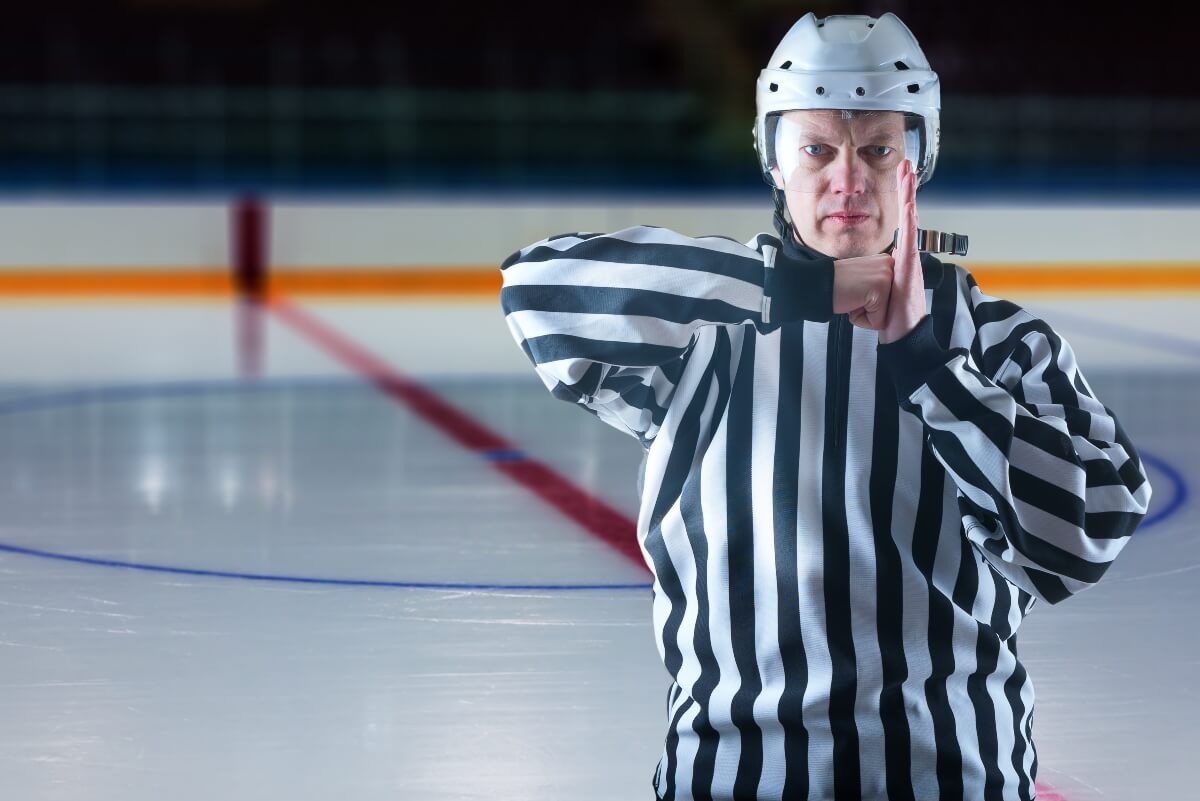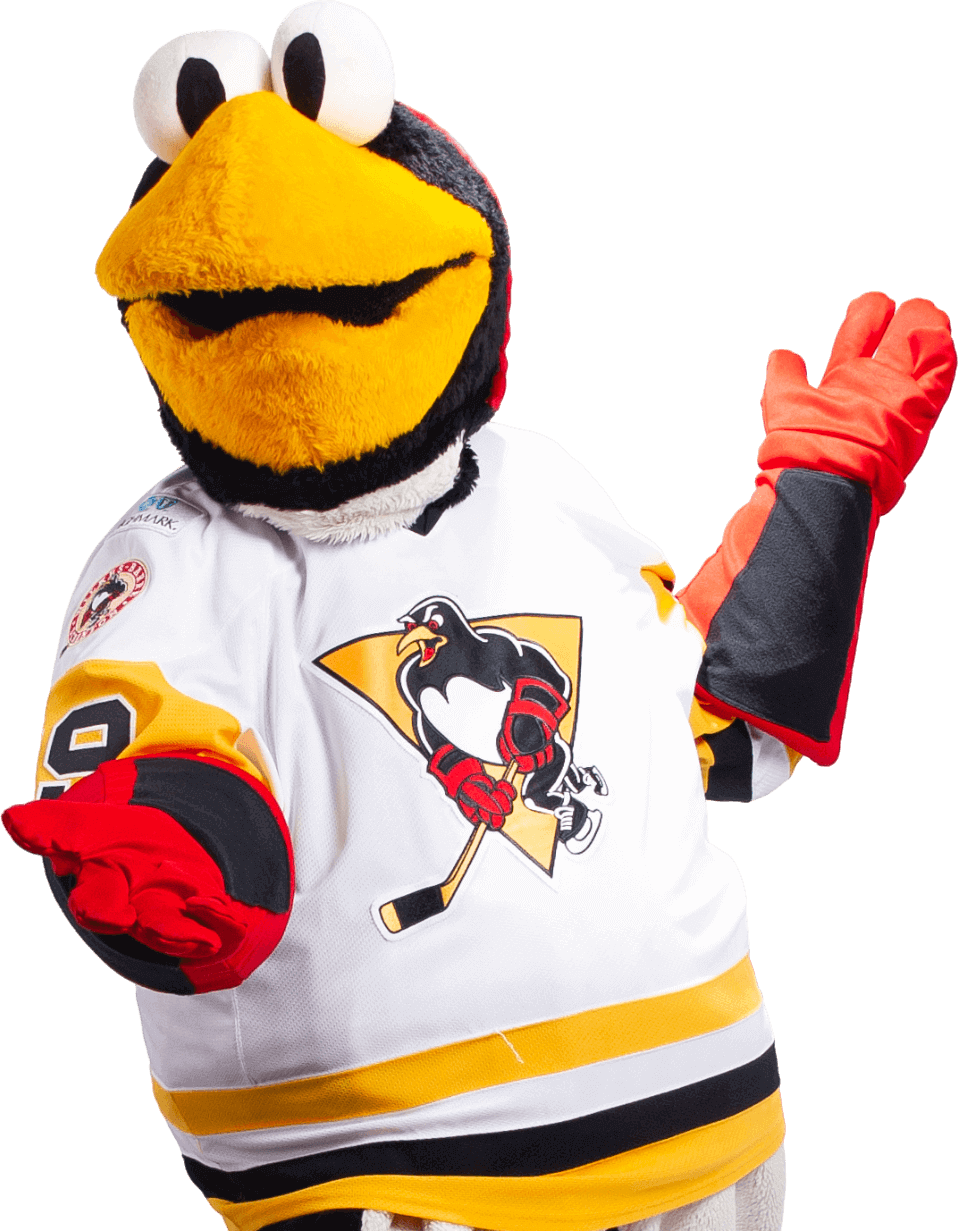Hockey Penalties the Casual Fan Needs to Know

Are you new to hockey games? Being new can make it confusing when the referee calls a penalty that you don’t understand. This can be confusing when you don’t know every different offense and penalty that can occur during a game, but it’s easy to learn more about them. If you want to be more knowledgeable about all things hockey, knowing the different hockey penalties and what causes them is one of the first steps you need to take.
Several different penalties can be called in hockey. Let’s take a look at what they are.
Minor Penalties
A minor penalty is the lowest severity and lasts for two minutes. During a minor penalty, the offending player is sent to sit in the penalty box for two minutes without a replacement or until the opposing team scores a goal. In some cases, if an offense is serious enough to warrant more than a two-minute penalty but not to be considered a major penalty, officials may call a double-minor penalty. This type lasts for four minutes.
Some offenses that can lead to a minor penalty include cross-checking, elbowing, high-sticking, holding, and unsportsmanlike conduct.
Major Penalties
A major penalty in hockey requires the offending player to sit in the penalty box for five minutes with no replacement. Major hockey penalties and those more severe will continue regardless of how many goals the opposing team wins. Officials may call a major penalty for the same offenses that are otherwise considered minor penalties if they were severe enough and/or perpetrated with the intent to cause harm to others.
Examples of major hockey penalties include fighting, butt-ending, spearing, and boarding.
Misconduct Penalties
Misconduct penalties last for ten minutes, but unlike minor and major penalties in hockey, teams are allowed to replace the offending player for the duration of the penalty. Offending players can also receive other penalties in addition to misconduct penalties. When this happens, another player on that team must also sit in the penalty box for the duration of that penalty without being replaced.
Common examples of misconduct hockey penalties include fighting and verbally abusing officials.
Game Misconduct Penalties
If offenses are more serious than those that warrant a 10-minute misconduct penalty, a game misconduct penalty is assigned. Unlike the previous penalties, a player cannot return to the game if they receive a game misconduct penalty.
Offending players may be replaced, but if officials assign an additional penalty, another player will have to sit out for the duration of the penalty and leave the team short-handed.
Offenses that can result in game misconduct penalties include fighting, abusing officials, and leaving the penalty box early.
Match Penalties
Match hockey penalties are similar to game misconduct penalties in that the offending player is ejected for the remainder of the game. However, the offending player’s team is also left short-handed due to match penalties lasting for five minutes while another player sits out for the duration of the penalty.
Officials assign match penalties when a player intentionally causes harm to another player or attempts to do so.
Penalty Shot
An official may call a penalty shot when a player commits an offense that prevents a player on a breakaway from scoring. The fouled player now gets the opportunity to score a goal starting at the center circle with no opposition other than the goalie. When the foul would normally be considered a minor penalty, the offending player does not have to serve the duration of it when a penalty shot is used instead. However, if the offense is anything more serious than a minor penalty, the offending player has to serve the penalty in addition to the penalty shot.
Stay Up-To-Date with the Wilkes-Barre Scranton Penguins
You have plenty of opportunities to test your hockey knowledge with the Wilkes-Barre Scranton Penguins! It’s only the start of the season, and we still have many games left for you to come and support the team. Be sure to keep following along during our season by checking our schedule and getting tickets to come see a game in person!

REQUEST TICKET INFORMATION
"*" indicates required fields










